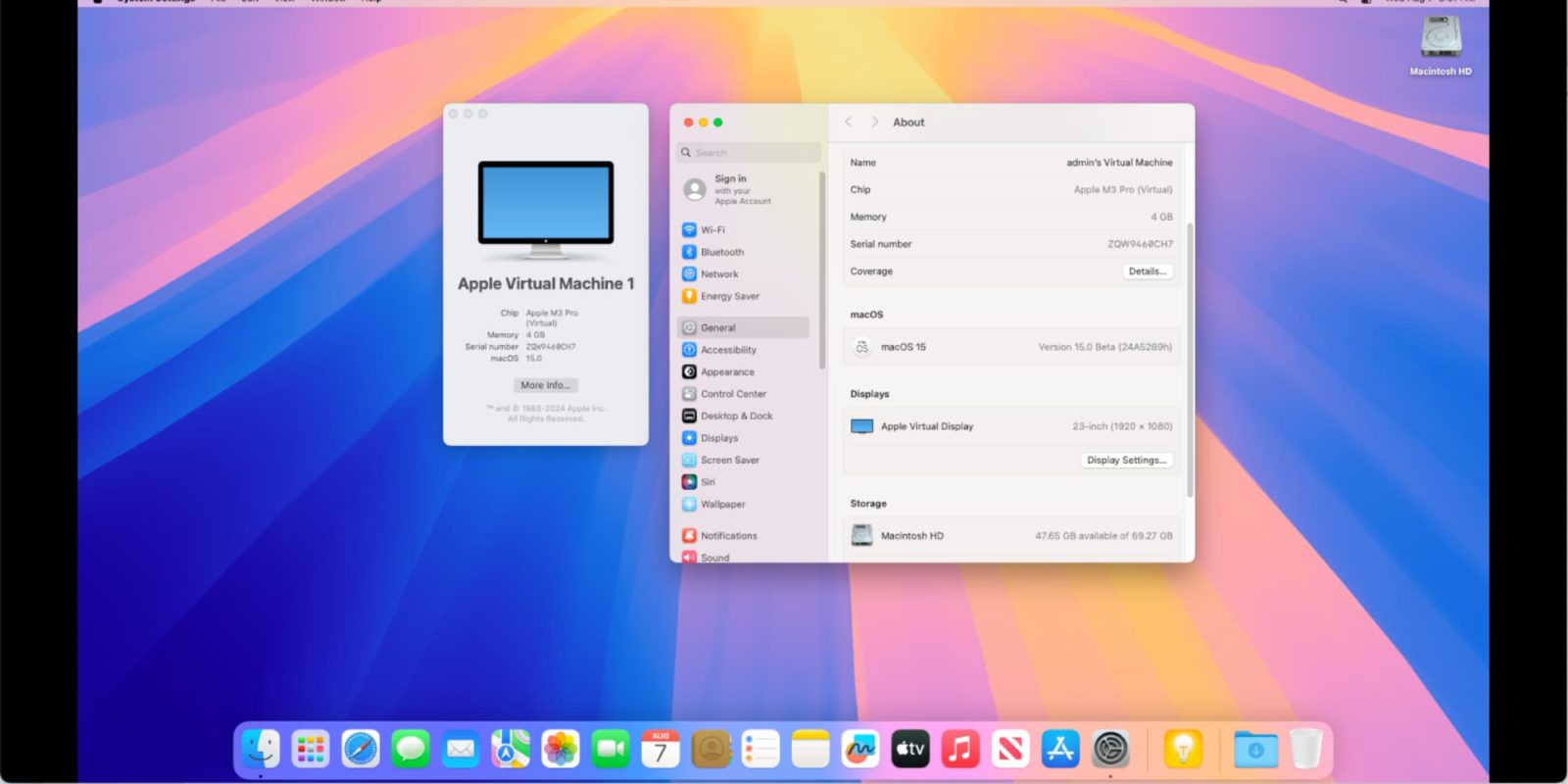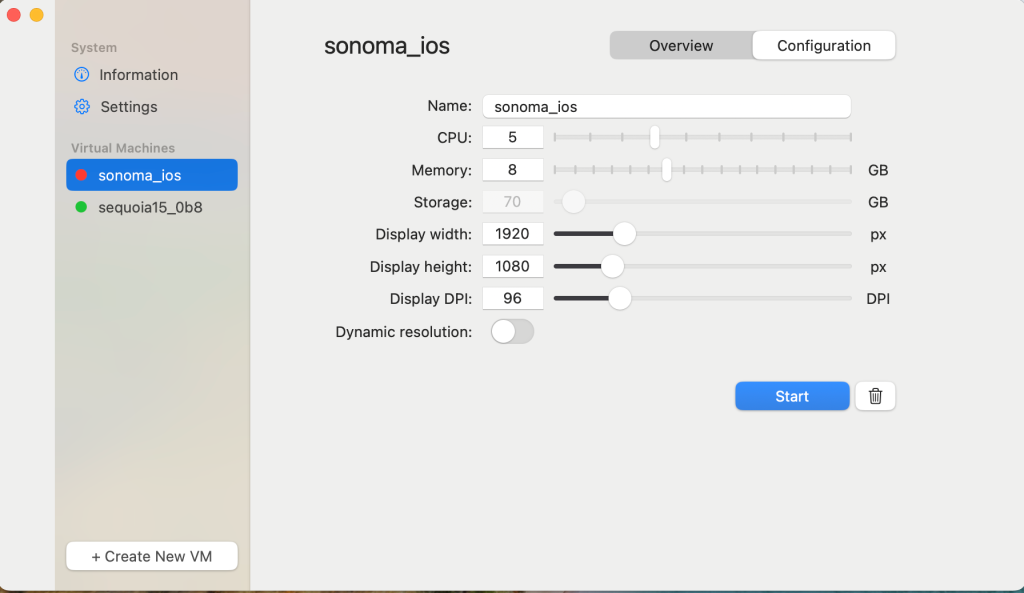
MacStadium has officially released Orka Desktop 3.0, an enterprise-grade macOS virtualization tool that is free for developers, testers, and IT administrators. This tool offers easy macOS virtualization on Apple Silicon devices, supporting macOS 15 Sequoia from day one. Orka Desktop 3.0 eliminates the financial barriers typically associated with virtualization tools, providing an accessible solution for small teams and enterprises.
One of the most significant features of Orka Desktop 3.0 is its free-forever model, making it an attractive option compared to competitors, which often come with costly subscriptions or licensing fees. Additionally, Orka Desktop 3.0 allows users to easily create, manage, and customize macOS virtual machines (VMs) locally, which is particularly useful for teams looking to streamline their development and testing processes without the need for expensive hardware or cloud services.
Key features of Okra Desktop 3.0

- macOS 15 Sequoia Support: Orka Desktop 3.0 supports Apple’s latest operating system, allowing immediate testing and development for macOS Sequoia as both guest and host OS.
- Free Forever: No subscription or trial period, making it a cost-effective solution for teams of all sizes.
- User-friendly GUI: A streamlined graphical interface allows users to easily customize their VMs, including fine-tuning CPU, memory, storage, and display settings.
- User-friendly GUI: A streamlined graphical interface allows users to easily customize their VMs, including fine-tuning CPU, memory, storage, and display settings.
- OCI-based Image Format: It supports Open Container Initiative (OCI) images, providing compatibility and flexibility across Orka runtimes. This makes sharing and deploying virtual machines across teams or environments more efficient.
- Pre-built VM Images: Orka Desktop 3.0 offers a library of pre-built macOS VM images for download, including major and minor macOS releases, as well as a sample developer desktop preconfigured with common development tools.
“We wanted to give developers, testers, and macOS admins a way to have a local environment that they can customize with all their tooling, get it configured exactly the way they want, and then pass that version to their team—whether that’s 20 people or 500 cloud-hosted machines,” said Chris Chapman, senior vice president & chief technology officer at MacStadium.
These enhancements aim to boost productivity, especially in DevOps workflows, by allowing developers to create, configure, and share environments easily. For example, a developer can build a macOS image, configure it with all necessary tools and dependencies, and pass it to team members or deploy it across a larger cloud-hosted infrastructure. This capability reduces time to market and improves collaboration between development, testing, and operational teams.
“It’s really easy to get started with Orka Desktop,” said Jason Davis, chief product officer at MacStadium. “Thousands of technologists used Orka Desktop 3.0 during its beta period, and we were able to incorporate requests such as fine-tunable display settings into the GA release. We also built some commonly used VM images for download from MacStadium’s public repo including major and minor releases of macOS and a sample developer desktop with common tools. Orka Desktop wraps everything up, compresses it, and gets you running in minutes.”
9to5Mac’s take
By simplifying macOS virtualization, Orka Desktop 3.0 offers a cost-effective solution for teams looking to enhance their development workflows while remaining accessible to both small and large teams—no purchase order needed. While it won’t meet the needs of every team, I can see it becoming the default virtualization app for start-ups and those just beginning to explore use cases addressed by macOS virtualization.
Orka Desktop 3.0 is available for download today from the MacStadium website and GitHub.
FTC: We use income earning auto affiliate links. More.






Comments